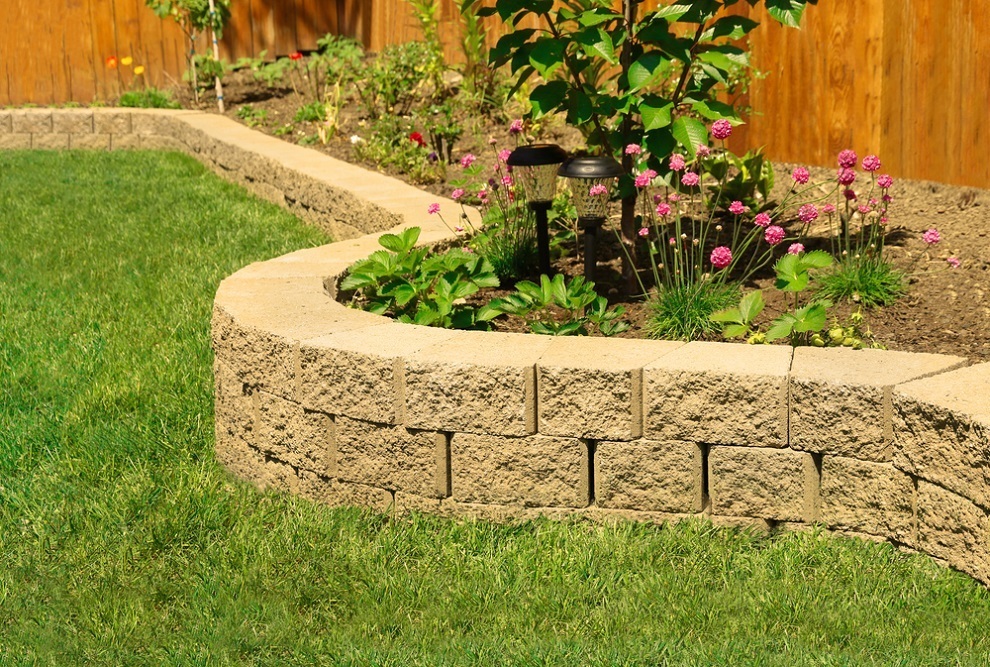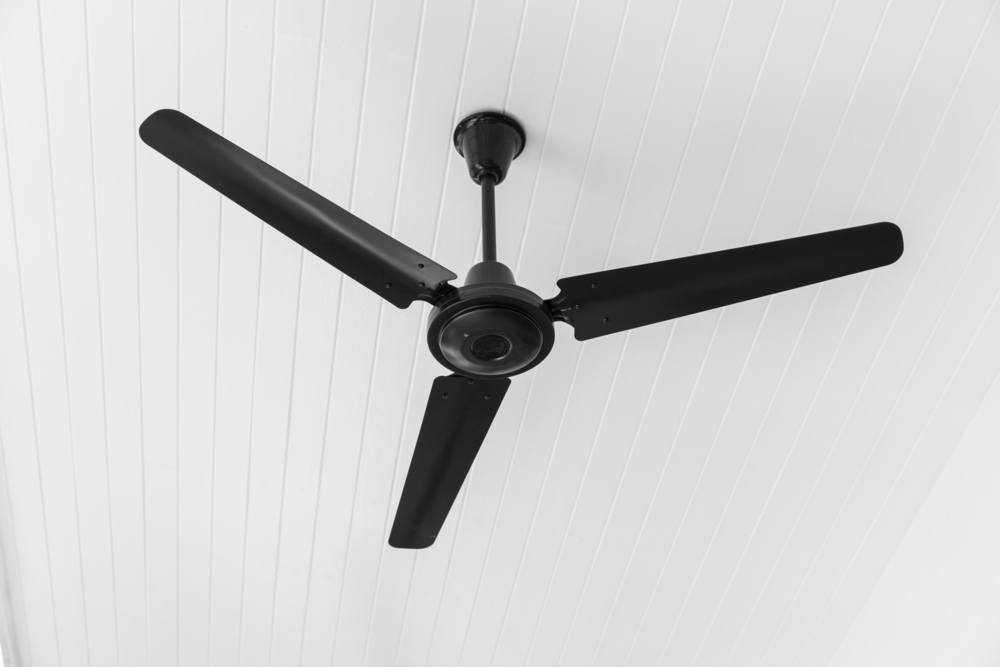 When you’re ready to start a home improvement or renovation project, it’s understandable that you might want to get started right away. But before you do any work on your project, one of the best things you can do is check to see if your project requires a building permit. Getting a building permit is just one of many steps in the home improvement process and the cost of getting one is something that many homeowners often forget to consider before planning a project. So when many people discover they need a permit, they’re often tempted to just skip the permit, do the work anyway, and hope nobody will notice.
When you’re ready to start a home improvement or renovation project, it’s understandable that you might want to get started right away. But before you do any work on your project, one of the best things you can do is check to see if your project requires a building permit. Getting a building permit is just one of many steps in the home improvement process and the cost of getting one is something that many homeowners often forget to consider before planning a project. So when many people discover they need a permit, they’re often tempted to just skip the permit, do the work anyway, and hope nobody will notice.
Regardless if you’re doing a project yourself or hiring a contractor, building permits are required for many types of home improvement projects. As annoying as it can be to realize you need a permit for a project, it’s very important to get one. Building permits help to protect you and your family since the work being done will be inspected to ensure it meets local building code standards and that your home will still be safe and structurally sound.
Building codes vary from city to city and some cities are more restrictive than others. The only way to find out for sure whether or not you need a project for your job is to contact your local building department and ask. Generally speaking, you mainly need permits for anything that could have an impact on your home’s overall structure, involves altering your home’s electrical or plumbing systems, and some types of roofing changes. Cosmetic changes generally don’t require a permit since they won’t have an impact on your home’s structure.
There are many projects where you don’t need a permit in some circumstances, but need them in others. For example, having new vinyl replacement windows installed doesn’t typically require a permit. But if you wanted to enlarge a window, that would most likely require a permit since it would involve making changes to the wall. Building codes can also change so frequently that even contractors have a hard time keeping up with all the changes. This is why it’s so important to contact your local building department before you start working.
The time it takes to find out whether or not you need a permit and to get one is time well spent. If your city finds out you’ve had work done without getting a permit, you may have to pay to get a permit retroactively, which can be expensive and difficult to do since you may have to do something like have walls opened up for work to be inspected. You may also need to have the work removed or pay to have the job done again correctly.
Even if you think you can get away with it, unpermitted work is very frequently discovered when a person tries to sell their home and a buyer has an inspection done. If you’re trying to sell your home and unpermitted work is found, it’s a bad thing for many reasons. The buyer might back out of the deal or you may need to have the job redone before you can sell the home. Or the buyer might still be willing to buy, but they might not be willing to pay as much for your home. In any case, getting the permits first will save you a lot of trouble in the long run.









